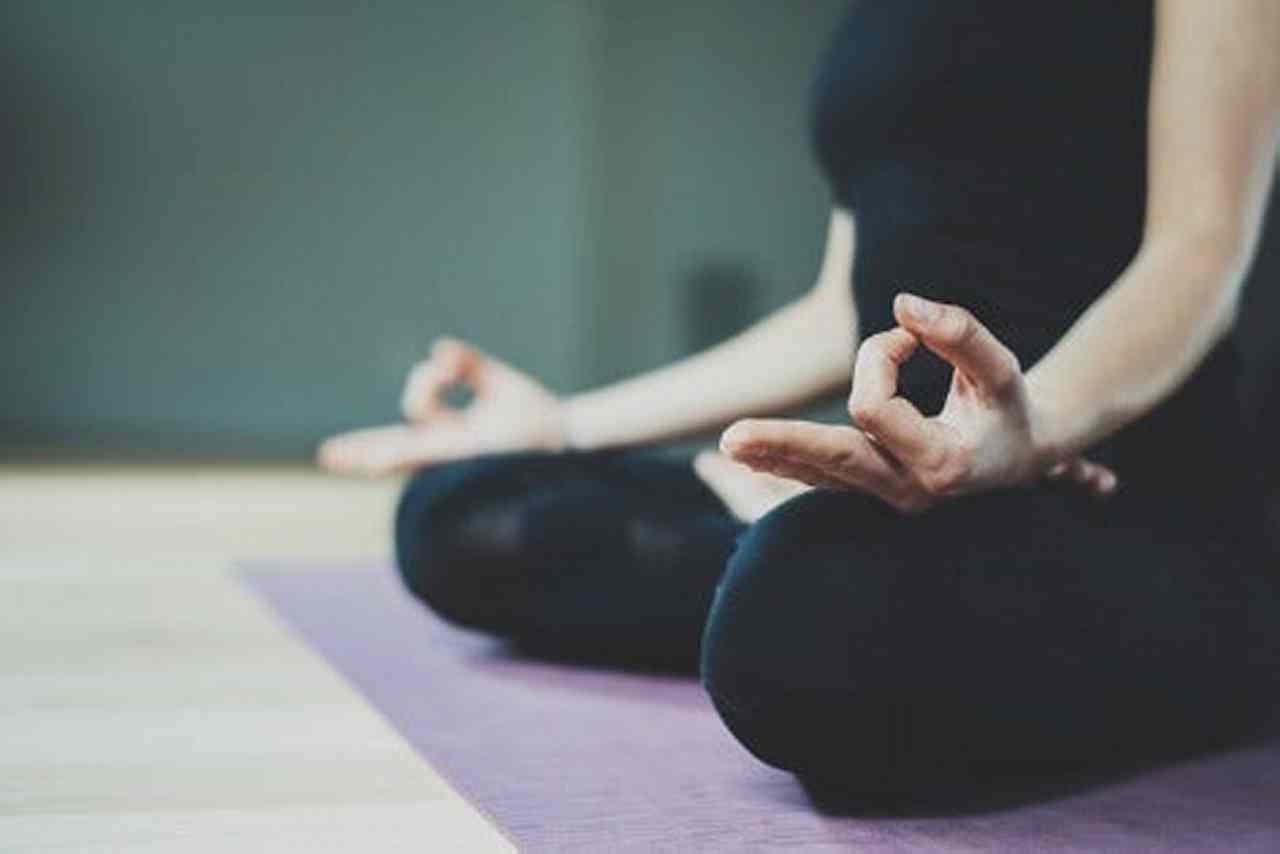The psychological facet of athletic efficiency has been studied extensively through the years. Specialists used to advertise psychological energy as a technique to shut out damaging ideas and guarantee aggressive success, however that place is now outdated. “Relatively than making an attempt to manage your ideas, mindfulness helps you select the way to react to these ideas,” suggests meditation professional Jamie Worth, co-founder of Cease, Breathe & Suppose, an app that promotes aware meditation.
Worth factors to a number of research that hyperlink this apply to athletic success, together with one printed within the journal Habits Remedy whereby mindfulness methods led to a big discount in distracting ideas and worries, in addition to a rise within the athlete’s enjoyment, coaching depth and general efficiency.
One other research, led by Harvard-affiliated researchers and printed within the journal Psychiatry Analysis, demonstrated that eight weeks of meditation actually modified the brains of contributors by enhancing their studying means and reminiscences, growing consciousness whereas lowering nervousness and stress — all advantages for these chasing higher efficiency.
One more research printed in Frontiers in Behavioral Neuroscience discovered that contributors skilled to extend mindfulness throughout actions demonstrated larger activation within the elements of the mind accountable for processing ache and inner stimuli, similar to starvation, shortness of breath and fast coronary heart fee. “Such elevated activation permits the physique to extra adaptively take care of worrying conditions,” Worth factors out.
Mindfulness Utilized
There’s no agency consensus as to how typically or how lengthy you have to carry out meditative workouts with a view to elicit a optimistic coaching profit, however as with something, apply makes good. “Day by day apply will create the muse wanted to use these abilities in a high-pressure scenario,” Worth says.
Her suggestions: Start and finish every exercise with a few minutes of meditation, focusing in your breath and physique to assist create an intention for that exercise and to convey your consideration to the current second. Throughout your exercise, keep that thoughts/physique connection by remaining aware of your respiration, specializing in the contraction of your muscle tissue, and being aware of your exertion to get rid of distracting ideas and stave off fatigue.
“Bringing aware consideration to bodily sensations is an efficient technique to redirect [the mind] from any inner dialogue round flagging vitality or fading focus, which regularly makes that damaging situation worse,” Worth explains. “Substantial analysis reveals that once we concentrate on what we shouldn’t do — like surrender — our tendency is to do the precise factor we’re avoiding.” Because of this meditation isn’t simply useful earlier than and after coaching — it additionally might be your secret weapon within the warmth of battle when you have to push your self just a bit more durable to cross the road earlier than your adversaries.
The Backside Line: Meditation is instantly accessible to everybody and may be known as on anytime as an efficient efficiency enhancer. Better of all, you may have all of the instruments to grasp this apply inside your personal head, everytime you want them — within the beginning blocks, throughout the end line and all these exhilarating moments in between.
5 Meditative Minutes
Are you a novice at meditation? Use these tricks to get began.
- Consider meditation as a time to discover your present state of being, simply as it’s, within the second. By letting go of the concept that you’re working towards being a sure method, meditation can convey your consciousness into the current, grounding you in your expertise.
- An awesome place to begin is together with your breath. Focus your consideration on the inhale and the exhale. Turn out to be conscious of your posture, and straighten your backbone so you are feeling alert and relaxed however not inflexible.
- Whenever you discover your thoughts wandering — which it’s going to, typically — merely acknowledge the ideas, emotions or sensations that come up, then allow them to go and gently redirect your consideration again to your breath for so long as you’d like.







